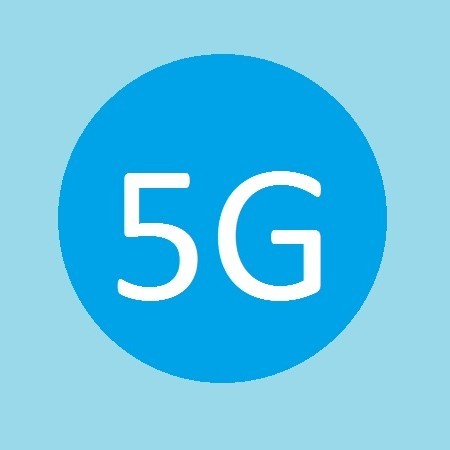GSA releases reports on LTE and 5G

GSA, the Global Mobile Suppliers Association, has released two new reports on LTE and 5G. The first, ‘Evolution from LTE to 5G – July 2017 Update’, is an analysis of the global 4G/LTE, LTE-Advanced, LTE-Advanced Pro and 5G markets, with information obtained, analysed and verified by GSA.
The latest edition of the quarterly update reports that by the end of June 2017 there were:
- 782 operators investing in LTE in 200 countries
- 601 commercially launched LTE or LTE-Advanced networks in 192 countries, including 98 LTE-TDD (TD-LTE) launched in 56 countries
- 109 commercial VoLTE networks in 57 countries and 170 operators investing in VoLTE in 75 countries
- 197 launched LTE-Advanced networks in 96 countries
- Six NB-IoT and two LTE-M/Cat-M1 networks commercially launched, with 55 NB-IoT and 16 LTE-M/Cat-M1 networks planned or being trialled
- 22 operators, at least, that have now made public commitments to deployment of pre-standards 5G or standards-based 5G networks in 16 countries.
GSA forecasts that there will be around 652 commercially launched LTE networks by the end of 2017.
The second report, ‘LTE in Unlicensed Spectrum’, is the GSA’s second quarterly report tracking the progress of the key technologies for using LTE in unlicensed spectrum: LTE-U, License Assisted Access (LAA, or LTE-LAA) and its future enhancement eLAA, and related technologies such as LWA.
In the report, the GSA summarises network trials as well as deployments and the availability of chipsets, modules and devices. GSA’s database also contains information about spectrum bands and bandwidth used, where available.
Future reports will cover the status of networks and ecosystems for CBRS (the US shared-access spectrum) and LWIP.
$6.1m in govt funding to improve NSW rural connectivity
The funding will improve connectivity to around 1500 premises across the central west and...
Govt funds comms for Navy, Wi-Fi for evacuation centres
The government is upgrading communication systems on Royal Australian Navy ships, and also...
Call to standardise physical security of comms infrastructure
A new white paper from TCCA seeks to catalyse the creation of a global standard for the physical...





